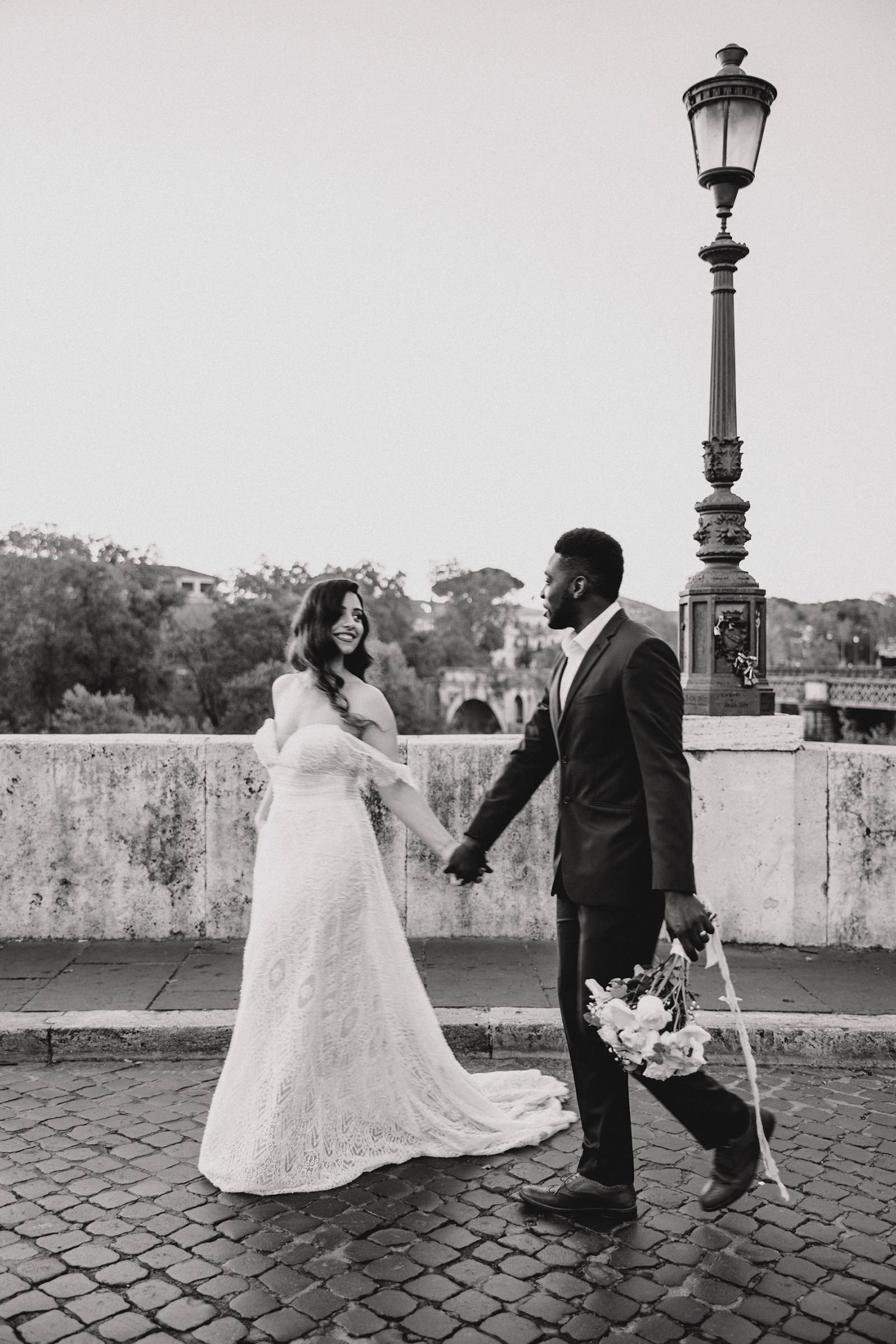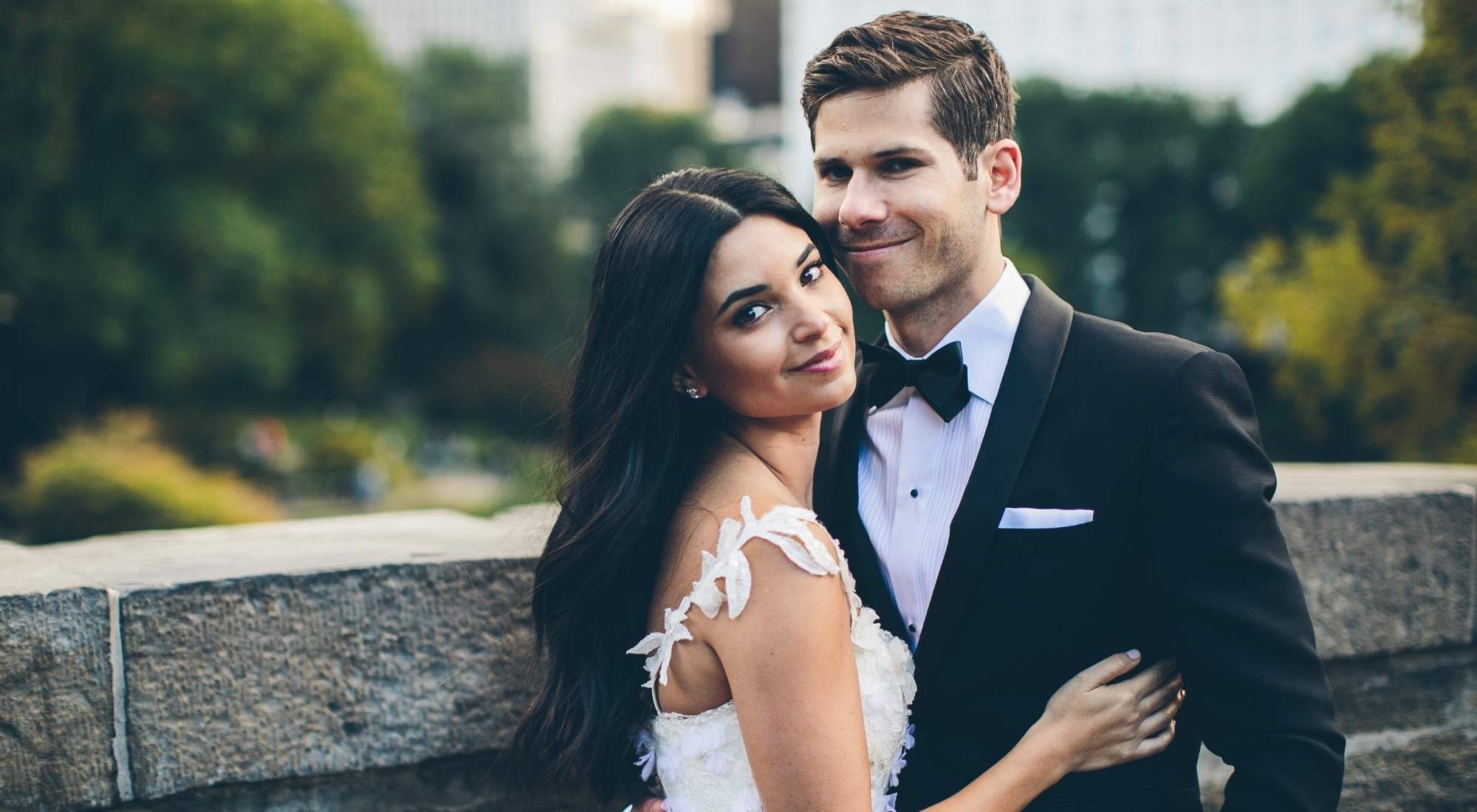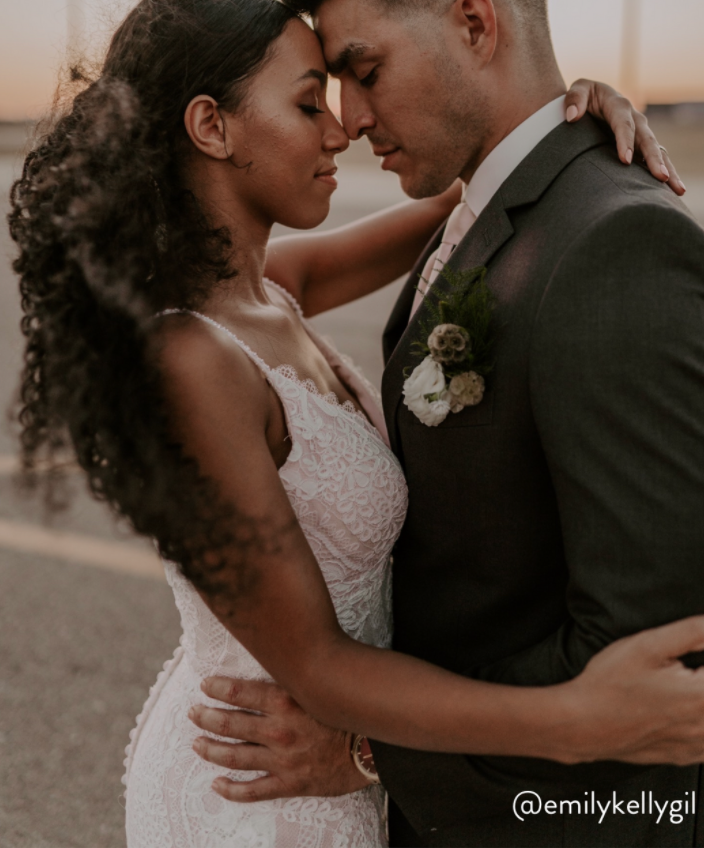The Rule of Thirds A Fundamental Principle in Photography

Introduction: Understanding the Rule of Thirds
In the vast world of photography, there are certain fundamental principles that every aspiring photographer should grasp. One such principle that plays a crucial role in composing visually appealing images is the Rule of Thirds. This principle is not just a random guideline but rather a time-tested technique that can significantly enhance the overall quality and impact of your photographs.
What is the Rule of Thirds?
The Rule of Thirds is a compositional guideline that divides your image into nine equal parts using two equally spaced horizontal lines and two equally spaced vertical lines. The key idea behind this rule is to place important elements of your composition along these lines or at their intersections, known as “power points.” By doing so, you create a more balanced, harmonious, and visually interesting image.
Applying the Rule of Thirds in Practice
When applying the Rule of Thirds in your photography, you should first imagine the grid overlaying your scene or subject. Instead of placing your main subject dead center in the frame, consider positioning it along one of the vertical or horizontal lines, or better yet, at one of the intersecting points. This simple adjustment can instantly add depth and dynamism to your photos.
Balancing Elements with Negative Space
One of the benefits of the Rule of Thirds is its ability to help you balance the elements within your frame. By placing your subject off-center, you often end up with negative space on one side of the image. This negative space can serve as a visual breathing room, allowing your subject to stand out more prominently and creating a sense of harmony in the composition.
Creating Movement and Flow
Another advantage of using the Rule of Thirds is its ability to create a sense of movement and flow within your photos. Placing key elements along the grid lines or intersections can guide the viewer’s eye through the image in a more natural and engaging way. This can be particularly effective in storytelling or conveying a sense of action in your photographs.
Enhancing Landscapes and Horizons
In landscape photography, the Rule of Thirds is often used to enhance the composition of vast scenes. Placing the horizon line along either the upper or lower horizontal line can add more emphasis to the sky or foreground, depending on your desired effect. This technique helps avoid a static, centered horizon that can make the image feel flat and uninspiring.
Improving Portraits and Subject Placement
When photographing people or animals, applying the Rule of Thirds can lead to more compelling portraits. Placing the subject’s eyes or face at one of the intersecting points can draw attention to the most expressive parts of the image. It also allows for more creative framing options, such as capturing a subject in motion or interacting with their surroundings.
Experimenting and Breaking the Rule
While the Rule of Thirds is a valuable guideline, it’s important to remember that rules are meant to be broken creatively. Sometimes,
Elegance Unveiled: Artful Tips for Wedding Composition

Crafting Timeless Elegance: Artful Wedding Composition Tips
Wedding photography is an art that transcends mere documentation; it is about capturing the essence of love and celebration in every frame. Explore essential tips for creating artful compositions that elevate wedding photography to a new level of elegance.
Understanding the Essence of Artful Composition
At the core of artful wedding photography is a deep understanding of composition. It involves more than placing subjects within the frame; it’s about telling a visual story. Comprehending the essence of composition sets the stage for creating images that resonate with emotion and grace.
Mastering the Rule of Thirds
One of the fundamental principles of artful composition is the rule of thirds. Divide the frame into nine equal parts, both horizontally and vertically, and position key elements along these lines. This technique adds balance and visual interest to wedding photographs, drawing the viewer’s eye to focal points.
Creating Depth with Leading Lines
Leading lines are a powerful tool in artful composition. Incorporate natural or architectural lines that guide the viewer’s gaze through the image. Whether it’s a winding path, a staircase, or the curve of a bridge, leading lines add depth and a sense of narrative to wedding photographs.
Utilizing Symmetry for Harmonious Images
Symmetry contributes to a sense of harmony and balance in wedding compositions. Look for opportunities to capture symmetrical scenes, whether through reflections, architectural elements, or the positioning of the couple. Symmetry creates a visually pleasing and elegant aesthetic.
Embracing Negative Space for Emphasis
Negative space, the areas around and between subjects, can be a powerful tool in artful composition. Embrace negative space to highlight the main elements of the image, allowing them to breathe and stand out. This technique adds a touch of sophistication to wedding photographs.
Capturing Candid Moments with Intimacy
While posed shots have their place, artful wedding composition also involves capturing candid moments filled with intimacy and emotion. Keep an observant eye for unscripted interactions, stolen glances, and genuine expressions. Candid moments add authenticity and depth to your compositions.
Integrating Environmental Elements
Incorporate the surrounding environment into your compositions. Whether it’s a picturesque landscape, architectural details, or vibrant city streets, the environment can enhance the storytelling aspect of wedding photographs. Integrate these elements thoughtfully for compositions that transcend the ordinary.
Playing with Light and Shadows
Artful composition goes hand in hand with the creative use of light and shadows. Experiment with natural light, backlighting, and shadow play to add dimension and drama to your images. The interplay of light and shadows contributes to the overall elegance of wedding compositions.
Post-Processing for Consistent Elegance
Consistency in post-processing is crucial for maintaining an elegant aesthetic across wedding photographs. Develop a post-processing style that complements the mood and theme of the wedding. A cohesive editing approach enhances the overall elegance of your artful compositions.
Visit Artful Wedding Composition Tips for In-Depth Insights
For a deeper exploration of artful wedding composition tips, visit Artful Wedding Composition Tips. This comprehensive resource provides insights, tutorials,
Capturing Moments: Artistic Wedding Shot Composition Tips

Capturing Moments: Artistic Wedding Shot Composition Tips
Your wedding day is a tapestry of emotions and fleeting moments, and mastering the art of composition ensures that each frame is a work of art. Explore these expert tips to elevate your wedding photography with artistic shot composition techniques.
Understanding the Essence of the Moment
Artistic wedding shot composition begins with a deep understanding of the essence of each moment. Whether it’s the exchange of vows, a heartfelt glance, or a joyous celebration, grasp the emotions and significance to craft compositions that truly encapsulate the spirit of the day.
Embracing the Rule of Thirds
The Rule of Thirds is a classic composition technique that adds balance and visual interest to your shots. Imagine breaking your frame into nine equal parts with two horizontal and two vertical lines. Position key elements, such as the couple or a significant detail, along these lines or at their intersections for a harmonious composition.
Utilizing Leading Lines for Direction
Incorporate leading lines to guide the viewer’s eye and create a dynamic composition. Whether it’s a winding path, a staircase, or the architectural lines of a venue, use these elements to draw attention to the focal point. Leading lines add depth and a sense of narrative to your wedding shots.
Framing the Couple for Intimacy
Use natural elements or architectural features to frame the couple, adding an intimate touch to your compositions. Whether it’s a doorway, foliage, or an ornate structure, framing draws attention to the central subjects and creates a sense of depth. It’s a powerful technique to emphasize the couple within the context of their surroundings.
Balancing Negative Space for Elegance
Negative space, the areas around the main subject, can be a potent tool in artistic composition. Embrace negative space to create a sense of simplicity and elegance. This technique directs focus to the couple while providing a visual breathing space that enhances the overall aesthetic.
Capturing Candid Moments with Authenticity
Some of the most artistic wedding shots arise from capturing candid moments with authenticity. Be ready to document spontaneous expressions, laughter, and genuine emotions. Candid shots add a storytelling dimension to your wedding album, portraying the unscripted beauty of the day.
Playing with Depth of Field for Emphasis
Experiment with depth of field to add emphasis and visual interest to your shots. A shallow depth of field, achieved with a wide aperture, can beautifully isolate the couple from the background, making them stand out. This technique adds a dreamy and romantic quality to your wedding images.
Harmonizing Colors and Tones for Cohesion
Pay attention to the color palette and tones within your compositions. Ensure that the colors complement each other and contribute to a cohesive look. Harmonizing colors enhances the visual appeal of your wedding shots, creating a polished and artistic aesthetic.
Dynamic Composition with Varied Angles
Break away from conventional angles and explore varied perspectives. Capture shots from low angles, experiment with high angles, or shoot through interesting elements. Dynamic composition with varied angles
Crafting Artistic Wedding Moments: Composition Tips for Perfection

Crafting Artistic Wedding Moments: Composition Tips for Perfection
Every wedding is a unique love story waiting to be told through the lens of a skilled photographer. Elevate your wedding photography with these expert composition tips that add an artistic touch to every captured moment.
Understanding the Power of Composition in Wedding Photography
Composition is the art of arranging elements within a frame to create visually appealing and meaningful images. In wedding photography, mastering composition is key to transforming ordinary moments into extraordinary works of art. Understanding the principles of composition provides a solid foundation for crafting visually stunning wedding photographs.
Artistic Wedding Photography Composition Tips: A Valuable Resource
Explore the dedicated resources provided by Artistic Wedding Photography Composition Tips for a comprehensive guide on enhancing your wedding photography composition. This platform offers expert advice, creative ideas, and practical tips to help photographers create captivating and artistic wedding images.
Framing the Perfect Shot with Rule of Thirds
The rule of thirds is a classic composition technique that divides the frame into nine equal parts with two horizontal and two vertical lines. Place key elements such as the couple, a significant detail, or the focal point along these lines or at their intersections. This creates a balanced and visually appealing composition that draws the viewer’s eye to the important elements.
Playing with Symmetry and Asymmetry
Symmetry and asymmetry are powerful tools in wedding photography composition. Symmetrical compositions create a sense of harmony and balance, making them ideal for formal portraits. On the other hand, asymmetrical compositions introduce dynamic tension and visual interest. Experiment with both to find the right balance that suits the mood and story of each wedding moment.
Utilizing Leading Lines for Visual Flow
Leading lines are elements within a photograph that guide the viewer’s eye towards the main subject. Incorporate natural or architectural lines such as pathways, fences, or even the edges of buildings to create a sense of visual flow. Leading lines add depth to the composition and draw attention to the focal point, enhancing the overall storytelling aspect of the image.
Capturing Candid Moments with the Essence of Storytelling
While posed shots have their charm, candid moments capture the raw and authentic emotions of the day. Allow the couple and guests to interact naturally, and be ready to capture those unscripted moments. Candid shots add a layer of storytelling to your wedding photography, conveying genuine emotions and creating a more immersive experience for the viewer.
Balancing Light and Shadows for Dramatic Effect
Mastering the interplay of light and shadows is essential for creating dramatic and artistic wedding photographs. Use natural light to your advantage, whether it’s the soft glow of the golden hour or the contrast of sunlight filtering through trees. Embrace shadows to add depth and intrigue to your compositions, creating a visually striking and emotionally resonant effect.
Artistic Wedding Photography Composition Tips: Adding Depth with Layers
Adding layers to your compositions adds depth and complexity to your wedding photographs. Use foreground elements such as flowers,
Elegant Vows: Wedding Art Composition Tips

Crafting Elegance: Wedding Art Composition Tips
Your wedding day is a canvas for creating visual poetry, and mastering the art of composition ensures that each moment is a masterpiece. Explore these expert tips to elevate your wedding photography with artful composition techniques.
Understanding the Rule of Thirds
The rule of thirds is a foundational principle in art composition. Imagine your frame divided into nine equal parts with two horizontal and two vertical lines. Position key elements at the intersection points or along the lines to create a visually balanced and appealing composition.
Leading Lines for Dynamic Perspectives
Incorporate leading lines to guide the viewer’s eye through the photograph. Whether it’s a path, a staircase, or the edge of a building, utilize lines that draw attention to the focal point. Leading lines add depth and dynamism, enhancing the overall storytelling aspect of your wedding images.
Framing to Create Intimacy
Use natural elements or architectural features to frame your subjects. Whether it’s an arched doorway, hanging branches, or the bride’s veil, framing adds a layer of intimacy to your compositions. It directs focus to the central elements while creating a sense of depth and context.
Balancing Negative Space
Negative space, the empty areas around the main subject, can be a powerful compositional tool. Embrace negative space to highlight your subjects and evoke a sense of simplicity and elegance. This technique is particularly effective in capturing intimate moments and emotions.
Capturing Candid Moments with the Decisive Moment
Henri Cartier-Bresson coined the term “decisive moment,” emphasizing capturing spontaneous and unposed moments. Be ready to click the shutter at the perfect moment when emotions are genuine. Candid shots convey authenticity and add a storytelling dimension to your wedding album.
Utilizing Symmetry for Formal Elegance
Symmetry imparts a sense of formality and elegance to wedding compositions. Identify symmetrical elements in the venue, such as a grand staircase or mirrored reflections. Center your subjects to create a visually harmonious and aesthetically pleasing image that exudes sophistication.
Experimenting with Depth of Field
Play with depth of field to add visual interest to your wedding images. Use a wide aperture (low f-stop) to create a shallow depth of field, blurring the background and highlighting the main subject. This technique draws attention to the couple while adding a dreamy and romantic quality to the photograph.
Harmonizing Colors and Tones
Pay attention to color harmony and tones within your compositions. Consider the overall color palette of the wedding and how it complements the couple’s attire and the venue. Harmonious colors contribute to a cohesive and visually pleasing aesthetic in your wedding photographs.
Dynamic Composition with Different Angles
Experiment with various angles to infuse dynamism into your compositions. Capture shots from low angles for a unique perspective, or shoot from above to showcase the surroundings. Changing angles adds variety to your wedding album and captures moments from distinctive viewpoints.
Storytelling with Sequential Shots
Create a narrative within your wedding album by capturing sequential shots that tell a story. Document moments as they
